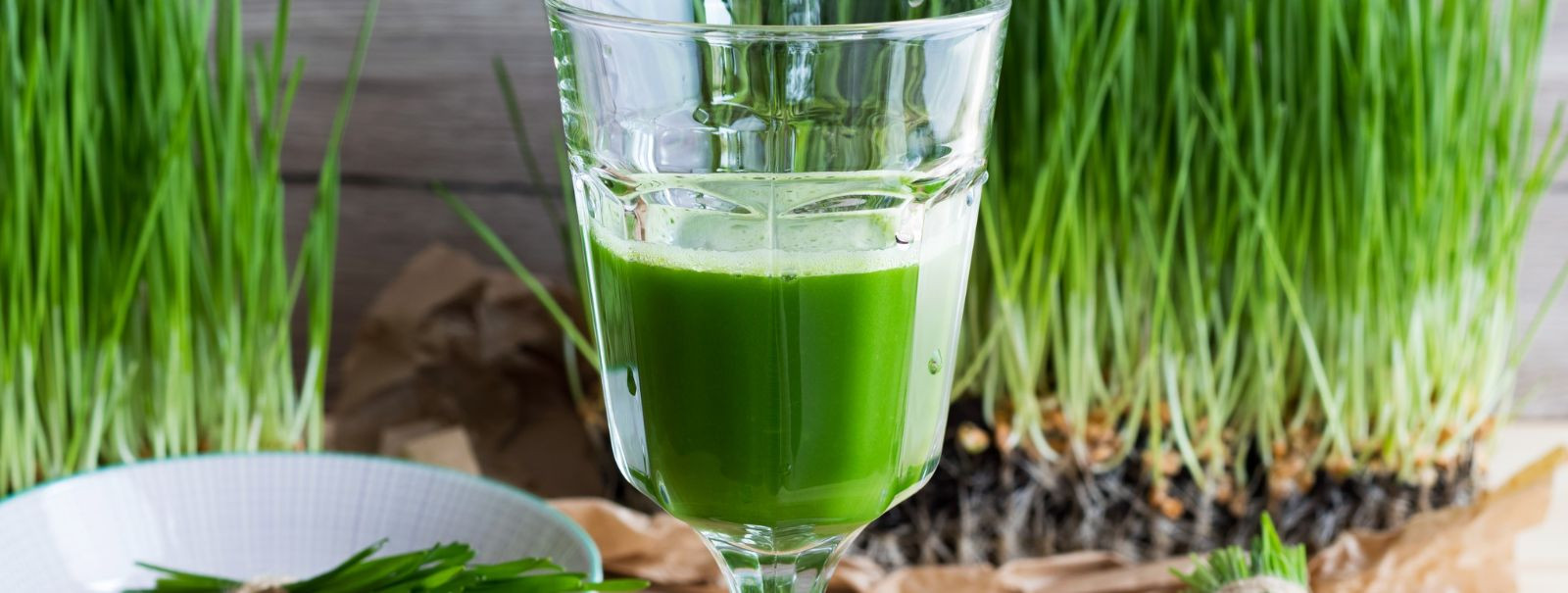How to incorporate natural food colors into your diet
In recent years, there has been a growing interest in natural food colors as health-conscious individuals seek to avoid artificial additives in their diets. Natural food colors are derived from fruits, vegetables, spices, and other plant sources, offering a vibrant and healthy alternative to synthetic dyes. Incorporating these colors into your diet not only enhances the visual appeal of your meals but also provides additional nutritional benefits.
Benefits of Natural Food Colors
Natural food colors are packed with antioxidants, vitamins, and minerals that contribute to overall health and wellness. They can help boost immunity, improve digestion, and reduce the risk of chronic diseases. Additionally, these colors are environmentally friendly and align with the values of those who prioritize sustainability and organic living.
Popular Natural Food Colors and Their Sources
Red and pink hues can be obtained from beets, strawberries, raspberries, and pomegranates. These foods are rich in antioxidants like anthocyanins and lycopene, which are known for their anti-inflammatory properties.
Carrots, sweet potatoes, turmeric, and saffron are excellent sources of orange and yellow colors. These foods are high in beta-carotene, which is converted into vitamin A in the body, supporting eye health and immune function.
Spinach, kale, matcha, and spirulina provide vibrant green colors. These foods are loaded with chlorophyll, which helps detoxify the body and improve energy levels.
Blueberries, blackberries, purple cabbage, and eggplant offer deep blue and purple shades. They are rich in anthocyanins, which have been linked to improved brain health and reduced risk of heart disease.
Cocoa, coffee, and black sesame seeds provide natural brown and black colors. These foods are high in antioxidants and can enhance mood and cognitive function.
Tips for Incorporating Natural Food Colors into Your Diet
Begin your day with a colorful smoothie bowl or oatmeal topped with a variety of fruits like berries, bananas, and kiwi. Add a sprinkle of turmeric or matcha for an extra boost of color and nutrition.
Opt for snacks like carrot sticks, bell pepper slices, or a handful of mixed berries. These options are not only colorful but also provide essential vitamins and minerals.
Incorporate a rainbow of vegetables into your salads, stir-fries, and soups. Use spices like paprika, turmeric, and saffron to add color and flavor to your dishes.
Experiment with natural food colors in your desserts by using beet juice for red velvet cakes or matcha for green tea ice cream. For beverages, try adding spirulina to smoothies or turmeric to lattes for a vibrant twist.
How to Choose Quality Natural Food Colors
When selecting natural food colors, look for products that are organic, non-GMO, and free from artificial additives. Check the ingredient list to ensure that the colors are derived from whole food sources. Purchasing from reputable brands that prioritize sustainability and ethical sourcing can also ensure the quality of the product.






Comments (0)